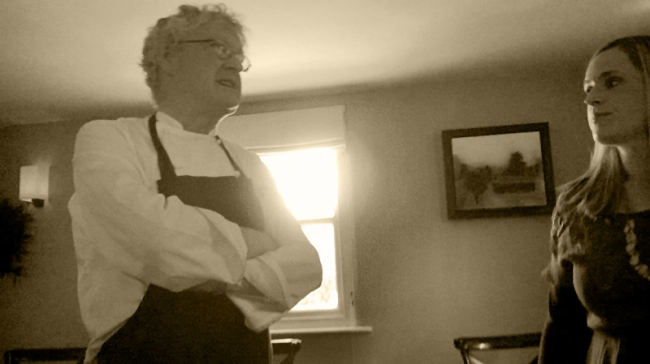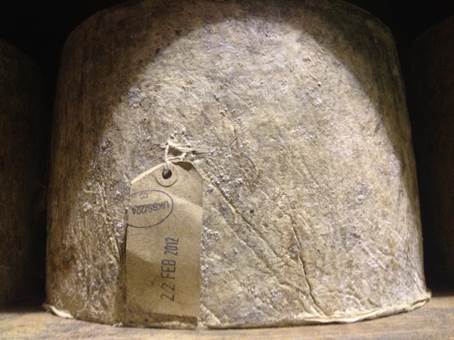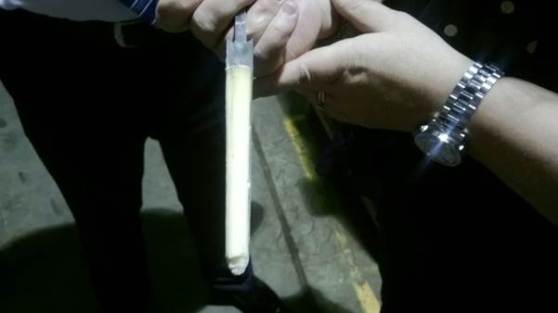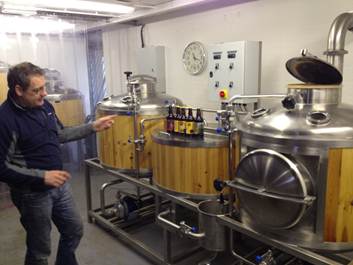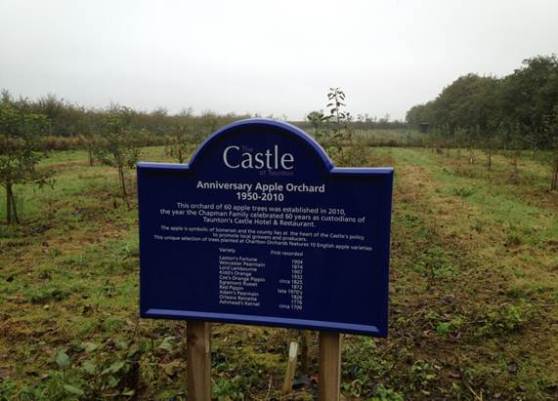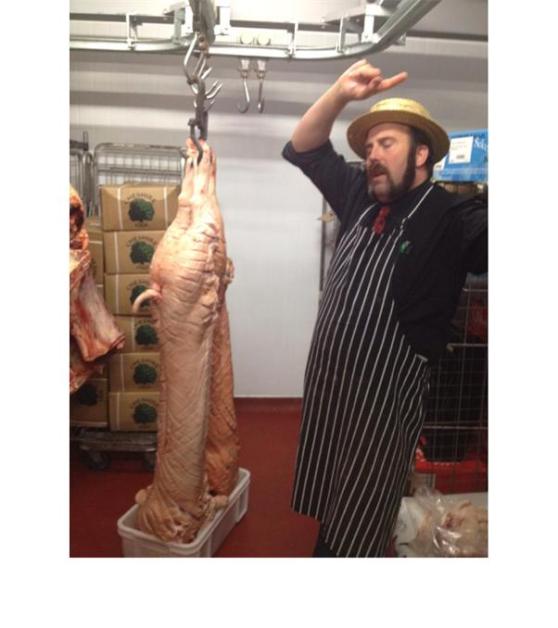Shaun Hill @ the Walnut Tree, Abergavenny
Working with a Kitchen Great
When I was a commis I was given a book by a fellow chef. It was called ‘Cooking at Merchant House’, which is a fantastic book about the creations of Shaun Hill from his time in Ludlow. Roll on a few years and I’m reading ‘Tough cookies’. It’s a short informative read for any young aspiring chef. It has a brief bio and the four chefs talk about their kitchen tales. It shines light on the industry: the highs and more importantly lows. The book illustrates how the industry really is and in a gritty light it tells hardworking chefs tales.
The Walnut Tree
Roll on a few more years and my boss, Kit Chapman, who is close friends with Shaun, ate at the Walnut tree a few weeks back. On his return he described to me the food and his experience. I listened closely and when he suggested the idea of doing a stage I jumped at it.
The View from the kitchen window
I stayed at Ivy cottage beside the restaurant which is available as a holiday let as an extension of the Walnut tree. The restaurant and houses are surrounded by breath taking countryside and it is a very special destination. I worked for a day and half in the kitchen. If you’re serious about learning how to cook, the Walnut Tree is the place. No vac-pac machine, no water baths, no chemicals. It’s 100% cooking, passion, knowledge and execution. I was in awe of the cooking style and basic layout of the kitchen. It’s a small brigade comprised of 6 chefs, led by Shaun and head chef Roger. The whole team work very hard to create that special dining experience and the passion/pride is in every member of staff. The youngest person in the kitchen is 30 which made me feel young!
Our lunch was one of the best I’ve ever had- the flavours and cooking were spot on and it’s pretty amazing that Shaun is still cooking on the stove. His gentle manner comes across in the kitchen as it’s a great atmosphere to work in. I sometimes have chefs and waiters complain about long hours and here’s a man who smashes in lunch and dinner service, doing minimum 12 hour days. Shaun Hill, I for one take my hat off – for what you’ve done for the industry and what you continue to do at the Walnut Tree.
Veal Kidneys with Saffron Risotto
Veal Sweetbreads with Pork Cromesqui and Caper Cream – This and the Scallops were my favourites
Pistachio Tart with Apricot and Vanilla Ice Cream
